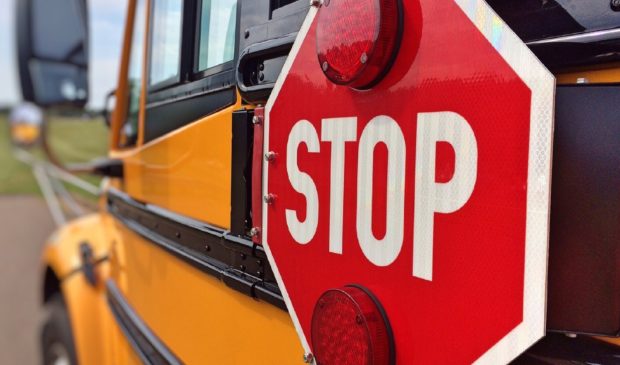Casar: End curfew law that targets minorities
Wednesday, June 14, 2017 by
Jo Clifton Seventy-six percent of teenagers accused of juvenile curfew violations from 2014 through 2016 were minorities, with Hispanics making up the majority of those cited by the Austin Police Department, according to the department’s own records.
The law prohibits persons under the age of 17 from being out in a public place without a parent or guardian between 11 p.m. and 6 a.m. and between 9 a.m. and 2:30 p.m. on school days.
City Council is scheduled to consider whether to extend the city’s curfew law on Thursday, as well as a resolution from Council Member Greg Casar, who opposes continuation of the curfew because of its disproportionate and negative impact on people of color.
Mayor Pro Tem Kathie Tovo, a cosponsor of the resolution, pointed out that the joint subcommittee of the city of Austin, Austin Independent School District and Travis County had been working for several years on figuring out alternative approaches to handling truancy.
Council Member Alison Alter, on the other hand, told colleagues at Council’s Tuesday work session that she considers the ordinance an important tool for getting teenagers to come home by 11 p.m., which is the starting time for the nighttime curfew. Alter said she is the only parent of a teenager currently serving on Council.
According to figures compiled by APD, there were 2,123 curfew citations issued over the 2014 to 2016 period. Only 20 percent of those kids were white, while 60 percent were Hispanic and 16 percent were black. The race of the remaining 4 percent was not recorded or was recorded as “other,” according to the data.
Most of the alleged juvenile curfew violators were male – 72 percent, according to APD, and most were 16 years old. The curfew does not apply to 17-year-olds. According to race and ethnicity statistics provided by the city, in 2015, 28.6 percent of people aged 10 through 17 were white. In that age group, 51.2 percent were Hispanic and 7.5 percent were African-American. Casar also said that the majority of those arrested were in the eastern crescent of the city, not spread proportionately throughout town.
White children were underrepresented among those cited for curfew violations and Hispanic and African-American children were overrepresented. Still, Alter and Interim Police Chief Brian Manley want the curfew ordinance to continue, although for different reasons.
Manley explained that if officers see a young person out on the street at an inappropriate time, they can stop the youngster and ask what they are doing because of the ordinance. He expressed the department’s interest in crime prevention as his reason for affording continuation of the ordinance, violation of which is a Class C misdemeanor.
According to Manley, very few of those charged with violating the curfew ultimately end up with a criminal record, because most appear before a judge and work out some alternative, such as performing community service, in order to have the charge dropped.
Manley said APD has met with organizations such as Texas Appleseed, which is advocating discontinuation of the ordinance because of its negative impact on the children who are cited. He said APD has offered to simply issue a warning, rather than a citation, the first time an officer comes in contact with a child who is apparently violating the curfew. However, Manley said, those organizations were not satisfied with his proposed solution.
Casar pointed out that not having the criminal ordinance would not prevent an officer from stopping a young teenager and asking about his welfare and whether he needed a ride home.
As the Austin Monitor noted last month, Council has until Monday to approve reauthorization of the ordinance. If it decides to enact a short-term emergency law, it would require eight affirmative votes, rather than the usual six.
The Austin Monitor’s work is made possible by donations from the community. Though our reporting covers donors from time to time, we are careful to keep business and editorial efforts separate while maintaining transparency. A complete list of donors is available here, and our code of ethics is explained here.
You're a community leader
And we’re honored you look to us for serious, in-depth news. You know a strong community needs local and dedicated watchdog reporting. We’re here for you and that won’t change. Now will you take the powerful next step and support our nonprofit news organization?










